August, even with very short nights, will be a great month for watching the four brightest naked-eye planets at sunset, the usual close encounters, and the annual Perseid Meteor Shower.
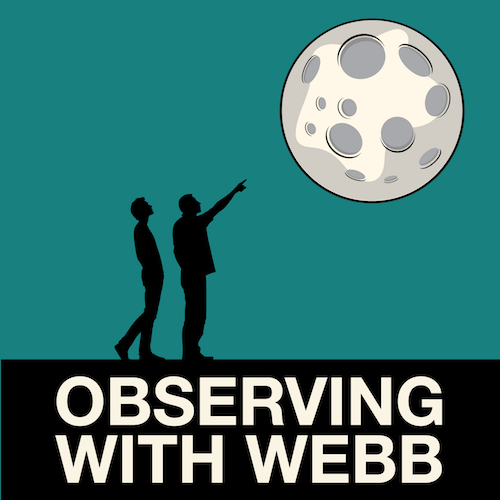

August, even with very short nights, will be a great month for watching the four brightest naked-eye planets at sunset, the usual close encounters, and the annual Perseid Meteor Shower.
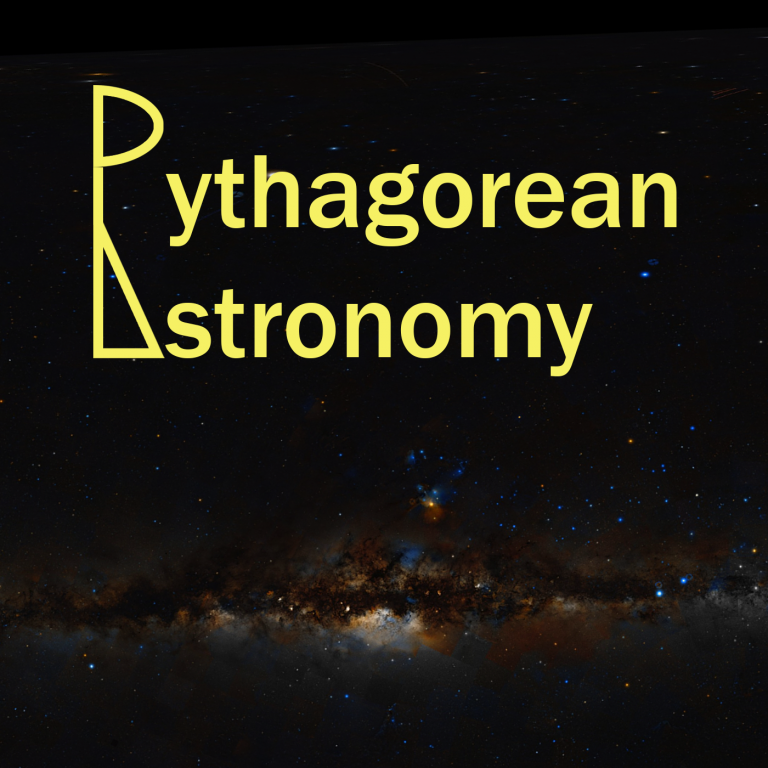
Jupiter has got even more moons than previously thought, with its total haul now coming in at 79! @chrisenorth & @zemogle discuss why the new moons are odd.
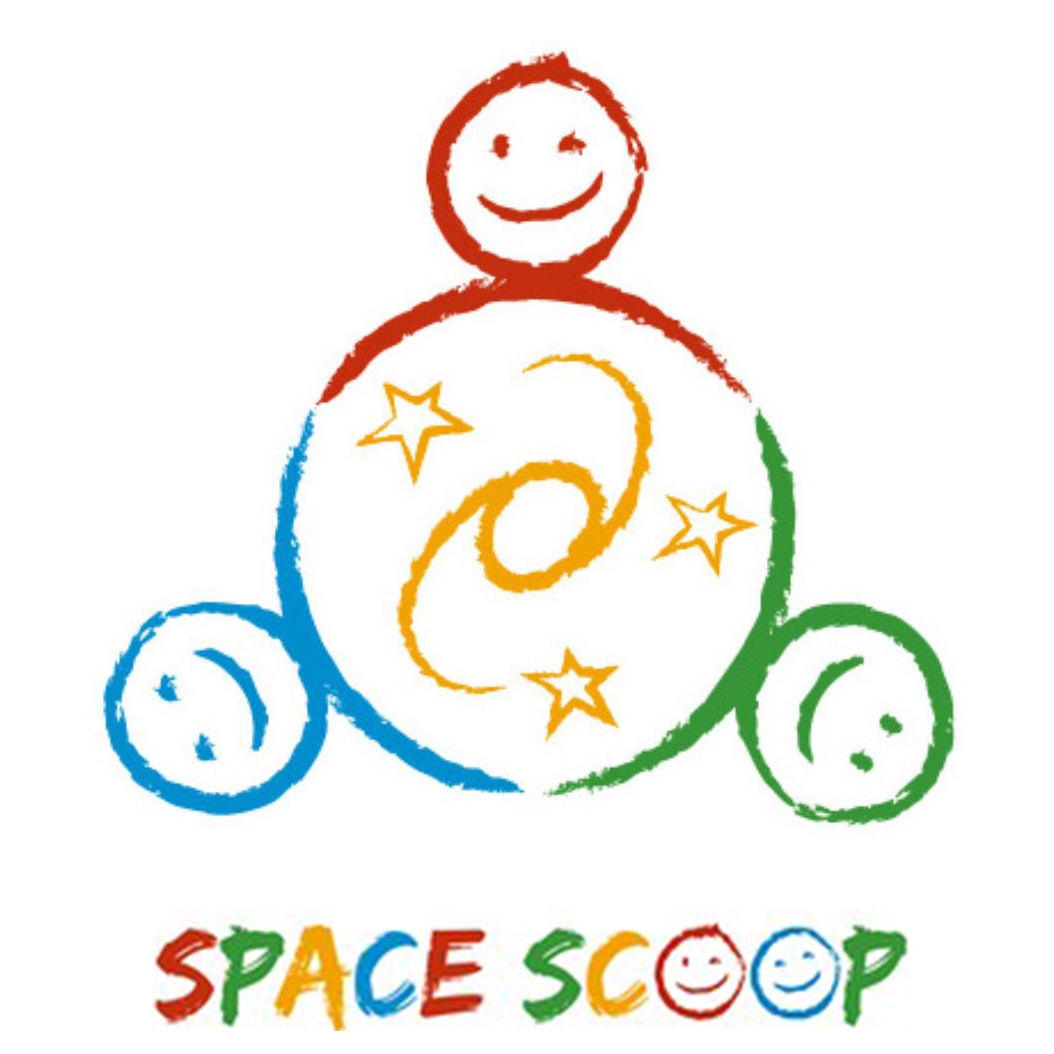
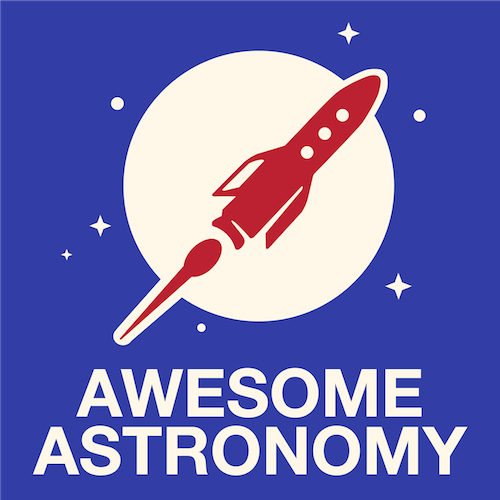
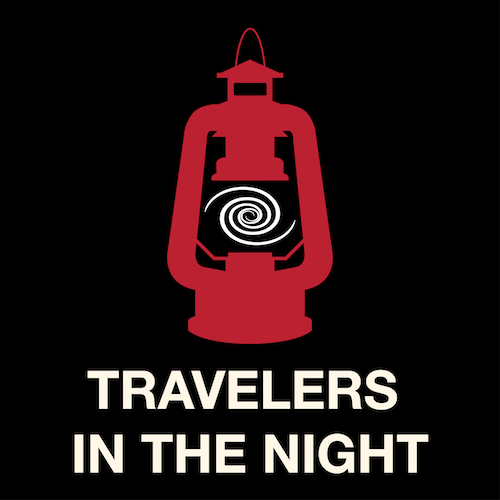
Throughout history small close approaching space rocks have been a part of our environment. Now, asteroid hunters are routinely discovering these small asteroids as they pass closer than the Moon is to us. more stories at #365DaysOfAstro
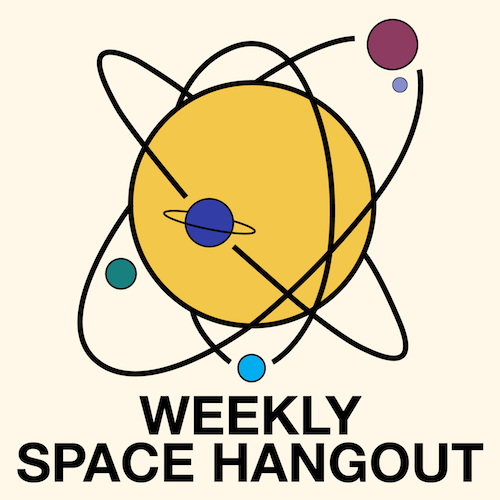
Lets discuss about how to create an amazing data-driven visual content using space science data from NASA initiatives for education and public outreach. more at #365DaysOfAstro

May will be a month for 4 out of the 5 naked eye planets, with Venus and Jupiter visible early each night and Mars and Saturn visible in the mornings, along with close encounters between each of these and the Moon.


April brings us plenty of Jupiter time, a close encounter between Mars and Saturn, and a potentially decent Lyrid meteor shower. And MAYBE some better weather.
